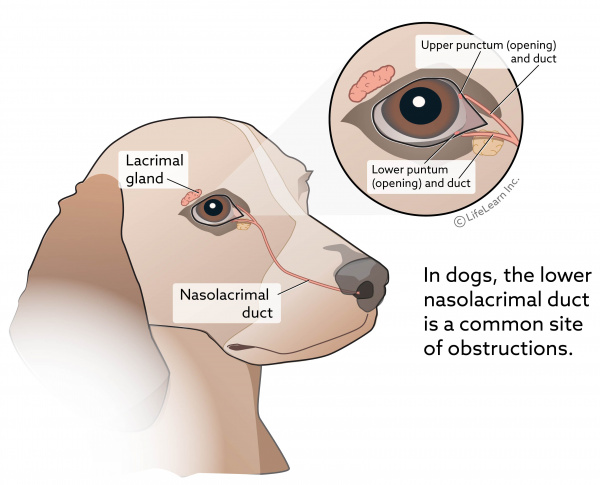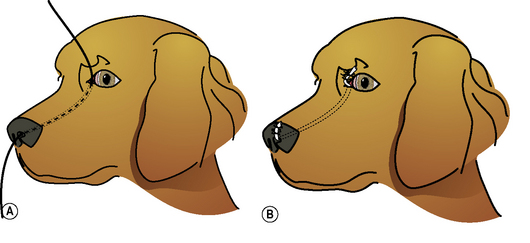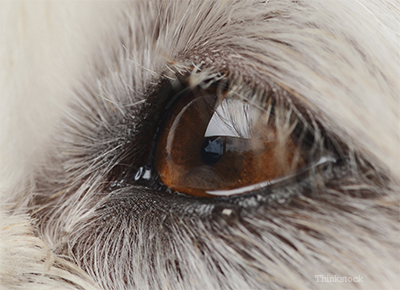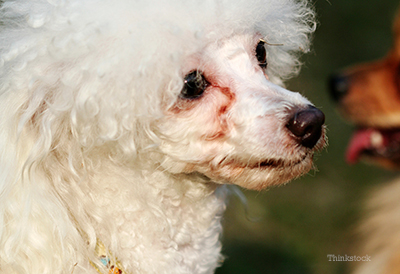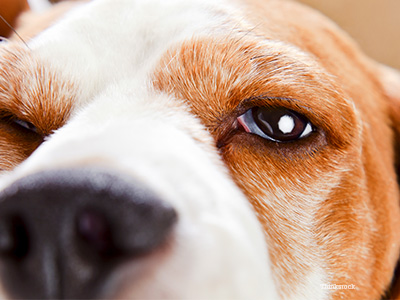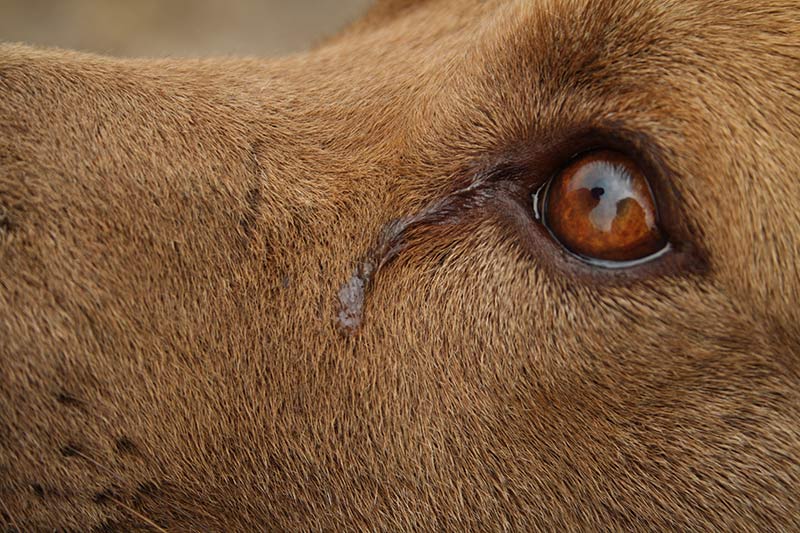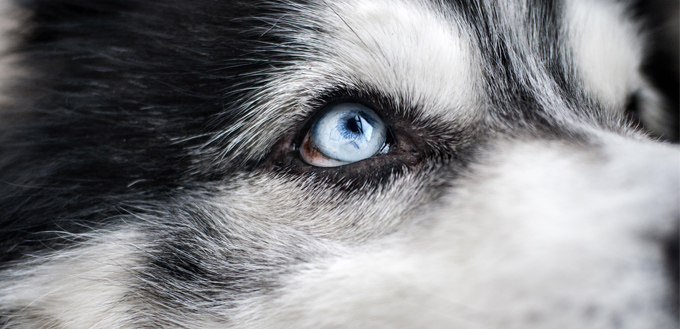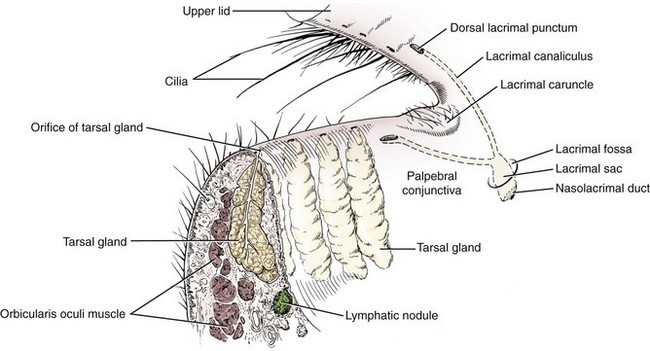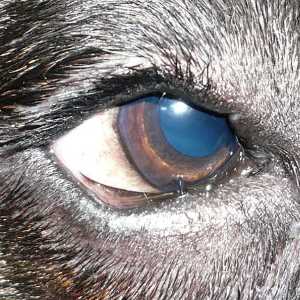Dog Tear Duct Anatomy

The facial anatomy of brachycephalic breeds may play a role in this condition.
Dog tear duct anatomy. You ll likely notice some epiphora or excess tearing as a sign of this condition along with staining around the eyes. Absence of the nasal tear duct openings at birth is known as imperforate lacrimal puncta. In some dogs this nasolacrimal duct can become obstructed or blocked. The nasolacrimal tear duct may be flushed to evaluate the external parts of the eye.
Therapy consists of surgically opening the blocked duct and keeping it open by inserting a tube or suture during healing. This overflow of tears can lead to moisture and tear staining below the eye. In dogs b c of infection inflammation is there in the nasolacrimal duct we can clean by passing a small canula in the medial side of eye on both upper and lo. The nasolacrimal duct is about 1 2 to 2 4 cm long it passes through the nasolacrimal canal which is formed by the lacrimal bone and maxilla and.
Glandula lacrimalis is a paired lobular gland located at the upper lateral corner of the orbit that is responsible for the production of tears. Obstruction may result in tears overflowing and running out of the eye. Veterinary treatment is required. This is an infrequent cause of watering eyes in young dogs.
Tear stains on dogs are dark brown or reddish marks that appear under the eyes. Epiphora or excessive tearing from the eyes can be a sign of tear duct blockage or more serious eye problems. Treatment may include flushing of the nasolacrimal duct or. At the medial canthus there are two entrances into the lacrimal drainage system the upper and lower puncta.
She may instill a dye called fluorescein into the eye to note if it runs out of the nose as well as examining the eye anatomy in detail explains monk. An incorrectly formed tear duct can also cause tear staining. Drops may be added to the eyes to allow the pupils to become dilated so that the veterinarian may examine the internal parts of the eye using an ophthalmoscope. Blocked tear ducts in dogs have a variety of causes including an eye infection scar tissue swelling or a lack of tear duct development.
The lower nasolacrimal duct is most commonly affected and obstruction of the lower duct results in more clinically visible. The lacrimal gland latin. The precorneal tear film flows over the cornea and conjunctiva into the medial canthal lake. The nasolacrimal duct also called tear duct latin.
Mesocephalic and dolichocephalic dogs. Ductus nasolacrimalis is a channel that is directly continuous with the lacrimal sac and opens into the nasal cavity forming the final part of the tear drainage system of the lacrimal apparatus.
